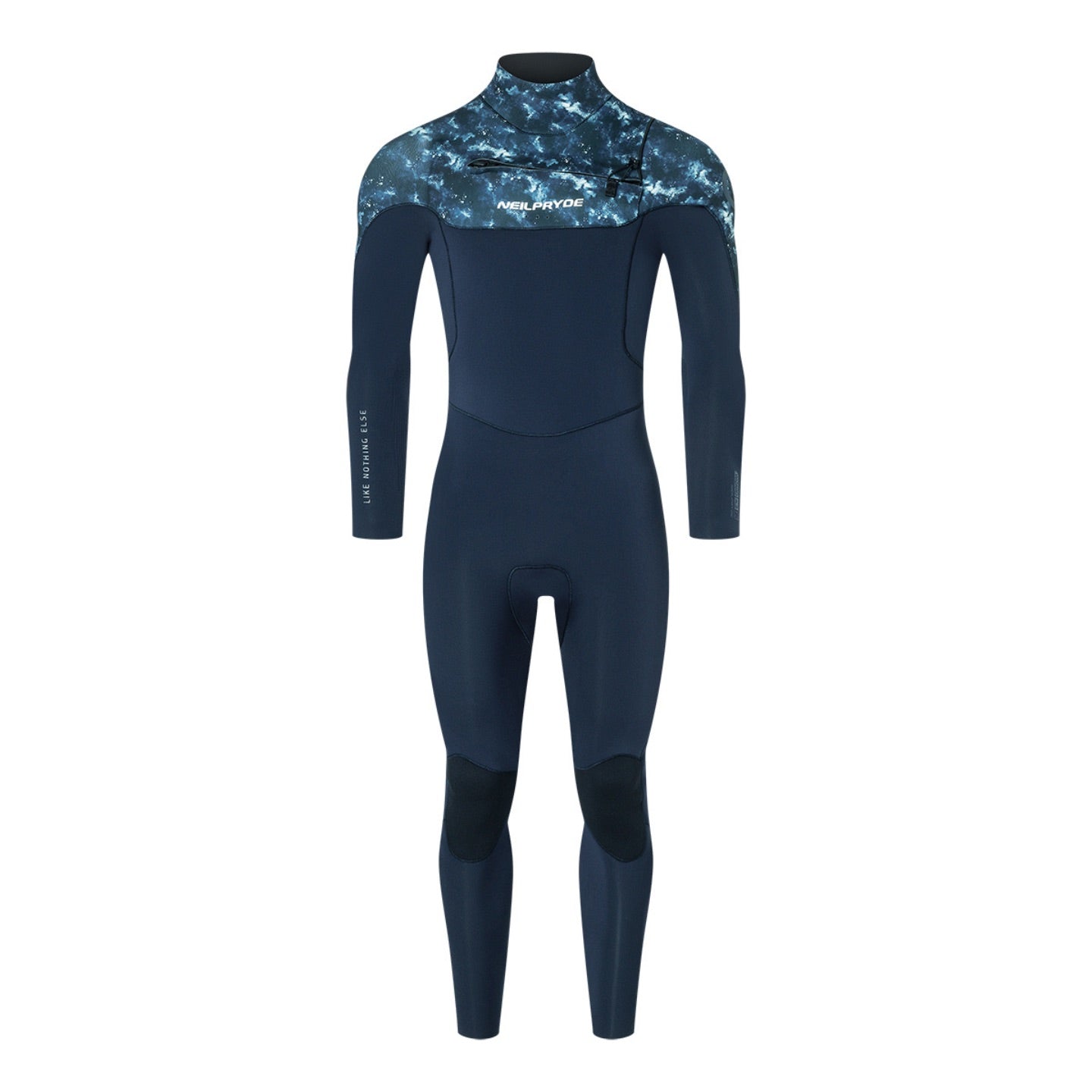
Ultimate Guide - How To Determine The Perfect Wetsuit Sizing In The UK
With the chilly waters of the UK calling for a proper wetsuit, finding the perfect fit is crucial. In this comprehensive guide, I'll navigate you through the murky waters of wetsuit sizing, helping you determine the ideal fit for your aquatic adventures. From deciphering size charts to understanding key measurements, I'll arm you with the knowledge to ensure you stay comfortable and agile in the waves. So, grab your tape measure and let's dive in!
Key Takeaways Perfect Wetsuit Sizing In The UK:
- Proper fit is crucial:When determining your wetsuit size, ensure it fits snugly but allows for some flexibility and movement.
- Take accurate measurements:Use a measuring tape to measure your chest, waist, hips, and height to find the right size wetsuit for you.
- Consult the size chart:Different wetsuit brands may have slight variations in sizing, so always refer to the manufacturer's size chart for the most accurate fit.
- Consider your body shape:Certain wetsuits may be designed for specific body types, so take into account your proportions and choose a style that complements your figure.
- Try before you buy:If possible, visit a store to try on different wetsuits and sizes to ensure you find the most comfortable and well-fitting option.
- Take care of your wetsuit:Proper maintenance, such as rinsing with fresh water after use and drying in the shade, will help prolong the life of your wetsuit and maintain its fit.
- Don't compromise on fit:A properly fitting wetsuit will enhance your performance in the water and keep you comfortable, so prioritize finding the perfect size for your needs.
Measuring Up
Taking Your Measurements
Before exploring into the world of wetsuit sizing, you need to get your measurements. Grab a flexible measuring tape and follow these steps to ensure a proper fit. Measure your chest at the fullest part, your waist at the narrowest point, and your hips at the widest part. For height, stand up straight and measure from the top of your head to the floor.
Converting to Wetsuit Sizes
Any reputable wetsuit manufacturer will provide a sizing chart to help you choose the right fit. Once you have your measurements, compare them to the manufacturer's size guide. Keep in mind that wetsuit sizes can vary between brands, so it's imperative to refer to each specific brand's chart for accuracy.
Wetsuit Types and Fits
While choosing the perfect wetsuit size is crucial, understanding the different types and fits available is just as important. Each wetsuit type offers specific advantages and fits differently on your body. Therefore, knowing which one suits your needs best is key to a comfortable and enjoyable surfing experience.
| Full Wetsuits | Springsuits |
| Long sleeves and long legs | Short sleeves and short legs |
| Provide full-body coverage and warmth | Offer more flexibility and are ideal for warmer waters |
| Great for cold water conditions | Perfect for moderate temperatures |
| Available in different thickness levels | Provides less insulation than full wetsuits |
Full Wetsuits vs. Springsuits
One of the main differences between full wetsuits and springsuits is the coverage they offer. Full wetsuits have long sleeves and legs, providing maximum warmth and protection in colder waters. On the other hand, springsuits have short sleeves and legs, offering more flexibility and are best suited for milder temperatures. Choose the type that aligns with your surfing conditions for optimal comfort.
Slim Fit, Regular Fit, and Relaxed Fit Explained
Types of wetsuit fits - slim fit, regular fit, and relaxed fit - cater to different body shapes and preferences. Slim fit wetsuits are snug and offer minimal excess fabric, providing a streamlined look and reducing drag in the water. Regular fit wetsuits are comfortable with a standard cut, suitable for most body types. Relaxed fit wetsuits are looser, allowing for more mobility and are ideal for water sports enthusiasts who prefer a roomier fit. Choose the fit that best suits your comfort and performance needs.
Factors Affecting Fit
Your wetsuit fit depends on various factors that can affect how it feels and performs in the water. Here are some key considerations to keep in mind:
Body Type and Weight Distribution
Weight distribution plays a crucial role in how a wetsuit fits. If you carry most of your weight in your torso, you may need to size up to ensure a comfortable fit in the chest and midsection. Conversely, if you have a more balanced weight distribution, you may find a standard size to be a better fit. Keep in mind, it's imperative to try on multiple sizes to find the perfect fit for your body type.
Water Temperature and Activity Level
Type of wetsuit and fit also depend on the water temperature and your activity level. For colder waters or more vigorous activities, a tighter fit is recommended to provide better insulation and mobility. In contrast, for warmer waters or more relaxed activities, a looser fit may be more comfortable. It's crucial to consider these factors when determining the ideal wetsuit size.
| Type | Fit |
| Cold Water/High Activity | Tighter Fit |
| Warm Water/Low Activity | Looser Fit |
Summing up
Upon reflecting on the Ultimate Guide - How To Determine The Perfect Wetsuit Sizing In The UK, I have found it to be a practical and detailed resource for anyone looking to ensure they get the right fit for their wetsuit. By following the step-by-step instructions and utilizing the helpful tips provided, you can confidently choose the perfect wetsuit size for your next aquatic adventure.
FAQ
Q: How do I determine the perfect wetsuit sizing in the UK?
A: To determine the perfect wetsuit sizing in the UK, you should measure your chest, waist, hips, and inseam. Refer to the size chart provided by the wetsuit manufacturer to find the best fit based on your measurements.
Q: What should I consider when choosing a wetsuit size?
A: When choosing a wetsuit size, consider factors such as your body measurements, the wetsuit material (neoprene stretches when wet), and how snug you want the wetsuit to fit for optimal performance.
Q: How tight should a wetsuit be?
A: A wetsuit should fit snugly against your skin without restricting movement or causing discomfort. There should be minimal excess fabric to prevent flushing and ensure thermal efficiency.
Q: What if I fall between two wetsuit sizes?
A: If you fall between two wetsuit sizes, it is recommended to choose the smaller size for a tighter fit. Neoprene wetsuits stretch when wet and will conform to your body shape over time.
Q: Can I exchange a wetsuit if the size is incorrect?
A: Most retailers offer exchanges for wetsuits if the size is incorrect, as long as the wetsuit is unused with tags attached. Be sure to check the store's return policy before making a purchase.
